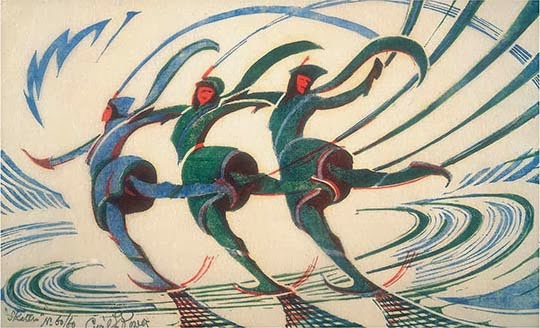

I bought this 1893 invoice from a market trader in the Forum, Norwich. Professionally he had been a printmaker but now deals in documents which display graphology. I chose this modest invoice because it displayed some interesting fonts - copper plate (machine and hand), sans serif, serif,upper and lower case and italic - at least 8 different styles. A piece of history.
I am a member of the Slowmakers - a cooperative of textile artists who place value on quality, environmental issues and the joy of making. They are signing a one year residency at Anteros and I had to decide whether to be part of it. It has forced me to think about life after NUA. Thinking about time, money and endeavour - I realise that I do not want to be part of the studio nor the retail facility nor market element of the residency.
Now, in my final project of the MA it is time to make some difficult decisions. If only I was younger!!!! But I'm not. This decision making process will be part of my final unit.
In early May I will be paid to deliver some elementary screenprinting workshops for the Julian of Norwich society. I will be involved the designs and the workshop. I think it will be a useful experience.















